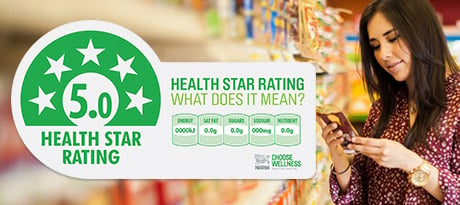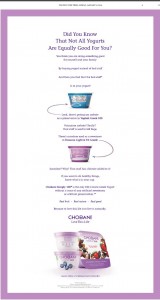The fuss over previously unpublished data from the Minnesota Heart Study
A couple of weeks ago, I mentioned several new studies that elicited much media attention. I am now getting around to them.
Let’s start with the article in the BMJ about newly discovered data from the Minnesota Heart Study purportedly casting doubt on the risks of saturated fat (here’s what the Washington Post said about it).
The BMJ article concluded:
Findings from the Minnesota Coronary Experiment add to growing evidence that incomplete publication has contributed to overestimation of the benefits of replacing saturated fat with vegetable oils rich in linoleic acid.
I’ve been at this game long enough to guess that any statement suggesting that everything you thought you knew about nutrition is wrong ought to raise red flags and call for more than the usual degree of skepticism.
Here are some sensible and, yes, skeptical comments about this study:
From Julia Belluz of Vox
But there were a few major problems with the research. The study involved men and women of an average age of 52 who had been admitted to a nursing home and six state mental health hospitals because they were sick. The researchers who conducted the meta-analysis note the “results are not necessarily generalizable to populations without mental illnesses or living outside nursing homes.”
Another issue: The study followed 9,423 women and men, but only a quarter of the participants followed the diets for more than a year. Altering one’s diet for a short period of time — especially in old age — would not necessarily affect one’s long-term health risks….
…Some of the biggest controversies surround saturated fats. Scientists disagree about the extent to which saturated fats contribute to important health outcomes like heart disease, stroke, and cancer. The available research does suggest, however, that there are health benefits from replacing saturated fats with unsaturated fats in the diet, and that eating lots of nutrient-poor carbs (like sugary cereals, soda, and white bread) instead of fat is a bad idea.
From David Katz, to whom I am often grateful for taking on such things, writes that this study
tested something that nobody expert in nutrition is recommending: an extremely high dose of omega-6, linoleic acid…we already got the memo that this is a dubious proposition.
With all due respect to the BMJ authors, I personally found it a bit odd that they stated the following: “A key component of dietary guidelines has long been to replace saturated fat with oils rich in linoleic acid…” The current Dietary Guidelines for Americans, let alone the far better 2015 Dietary Guidelines Advisory Committee Report, make no such recommendation. Searching for any mention of linoleic acid, I found it only in the appendices in the context of descriptions and definitions, not in any of the actionable guidance. While the current Dietary Guidelines do recommend limiting saturated fat intake, the replacement encouraged is a balance of healthful oils, such as olive, and the fats found natively in, as noted, nuts, seeds, avocado, and fish.
From Martijn Katan, the Dutch lipid biochemist who did the original work demonstrating the cholesterol-raising effects of trans fats, writes in an e-mail:
I have not had time to study the BMJ article on the Minnesota Heart Study in detail. However, some of my colleagues did, and I think that their conclusions are correct:
- The randomized trial itself showed no effect on disease or death
- This was to be expected because most subjects were on the diet for less than 1 year. This was due to the change in regime for psychiatric patients that took place during that period, which essentially caused the trial to fail. Lowering cholesterol by 14% for one year does not noticably affect CVD risk.
- The relation of a larger fall in cholesterol with a larger risk of mortality did not emerge from the randomized study; subjects were not randomized to various levels of cholesterol lowering. It is an observational association. The question than arises which causes which. Various occult diseases, notably cancer, cause cholesterol to fall as the disease progresses. This also explains the association seen in observational studies between low cholesterol and cancer. That observation led me to think up in 1985 the technique now known as ‘Mendelian Randomization’ [1]. Application of that technique showed that the association of low cholesterol and cancer is indeed spurious [2].
The only new thing about the present study is that they revived the long disproved hypothesis that lowering cholesterol causes various diseases. Hundreds of thousands of patients in statin trials have proven this wrong….
[1] Katan, M.B., 1986. Apolipoprotein E isoforms, serum cholesterol, and cancer. Lancet 1, 507–8.
[2] Trompet, S.,et al ., 2009. Apolipoprotein E genotype, plasma cholesterol, and cancer: a Mendelian randomization study. Am J Epidemiol 170, 1415–21.
My bottom line on this one
It confirms the value of basic dietary advice: Eat a variety of relatively unprocessed foods, mostly plants (fruits, vegetables, grains, beans, nuts), balance calories, and enjoy what you eat!
Do this and food fatty acids will balance out too and you won’t need to give them another thought.
The moral
Whenever you read a headline suggesting that everything you know about nutrition is wrong, roll your eyes, eat something delicious, and wait for confirming studies to come along before deciding to ignore that basic advice.




